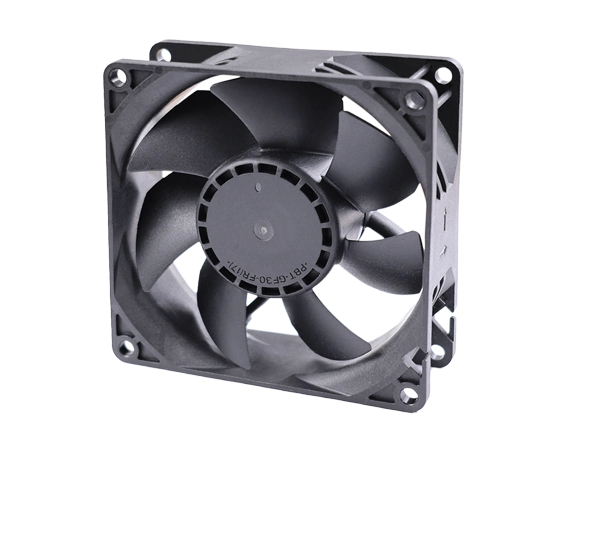Introduction to Dental Carving Wax Blocks
Welcome to the world of precision dentistry, where every detail matters and perfection is the ultimate goal. In this fast-paced industry, advancements in technology have revolutionized the way dental professionals create precise dental restorations. And when it comes to achieving that perfect fit and form, one tool stands out among the rest – dental carving wax blocks.
Dental carving wax blocks have played a pivotal role in dentistry for centuries, evolving from simple materials to intricate and highly customizable tools. These versatile blocks are an essential part of the precision dentistry toolkit, allowing dentists to sculpt and mold with unparalleled accuracy.
In this blog post, we will dive into the importance of dental carving wax blocks in precision dentistry. We will explore their evolution over time, discuss their numerous benefits in creating precise restorations, highlight different types of wax blocks available on the market today, and provide tips on how to use them effectively for optimal results.
So grab your instruments and join us as we uncover why every dentist should incorporate dental carving wax blocks into their practice. It's time to take your precision skills to new heights!
The Evolution of Dental Carving Wax Blocks and Its Role in Dentistry
Dental carving wax blocks have come a long way since their inception. Originally, dentists used basic modeling waxes to create temporary crowns and bridges. However, as the field of dentistry advanced and precision became paramount, the need for more specialized materials arose.
Enter dental carving wax blocks. These blocks are specifically designed to mimic the properties of natural tooth enamel, allowing dentists to sculpt precise shapes with ease. With advancements in technology, these wax blocks have become even more versatile and user-friendly.
In today's world of digital dentistry, dental carving wax blocks play a crucial role in creating accurate prototypes before fabricating permanent restorations. They act as a tangible guide for both clinicians and technicians alike, ensuring that every detail is meticulously crafted.
Not only do dental carving wax blocks improve accuracy during the fabrication process, but they also enhance patient comfort by providing an ideal fit for prosthetic restorations. The ability to achieve optimal occlusion and aesthetics is invaluable when it comes to patient satisfaction.
Furthermore, these wax blocks allow for easy modification and refinement without compromising structural integrity. Dentists can make adjustments on-the-go, saving valuable time while maintaining precision.
Dental carving wax blocks have evolved into an essential tool in modern dentistry. Their role goes beyond simply creating temporary restorations; they serve as a foundation for achieving excellence in precision dentistry. As technology continues to advance, we can expect further innovations that will push the boundaries of what can be achieved with these remarkable materials!
Benefits of Using Dental Carving Wax Blocks in Precision Dentistry
Dental carving wax blocks play a crucial role in precision dentistry, offering a multitude of benefits that contribute to the overall success and accuracy of dental procedures.
One of the key advantages of using dental carving wax blocks is their ability to mimic natural teeth. By providing a realistic representation, these wax blocks allow dentists to create precise restorations that seamlessly blend with existing teeth. This ensures optimal aesthetics and patient satisfaction.
Additionally, dental carving wax blocks offer excellent workability and adaptability. Dentists can easily shape and mold the wax according to specific requirements, allowing for intricate details and fine adjustments. This level of control is essential when it comes to achieving an ideal fit for crowns, bridges, or other dental prosthetics.
Furthermore, these wax blocks provide valuable support during the fabrication process. Dentists can confidently use them as a foundation for casting models or creating temporary restorations before finalizing permanent solutions. The stability offered by dental carving wax blocks significantly reduces the risk of errors or inaccuracies in measurements.
Another benefit worth mentioning is the cost-effectiveness associated with using dental carving wax blocks. Compared to alternative materials or methods used in precision dentistry, such as computer-aided design (CAD) systems or milling machines, these waxes are relatively affordable without compromising on quality.
Lastly but importantly, incorporating dental carving wax blocks into practice promotes efficient communication between dentists and patients. As they visually demonstrate treatment options or proposed changes directly in patients' mouths using these tactile tools—patients gain a clearer understanding of their oral health status while feeling more involved in decision-making processes.
The Importance of Dental Carving Wax Blocks in Precision Dentistry
New Century
luo.william@9long.com.cn
